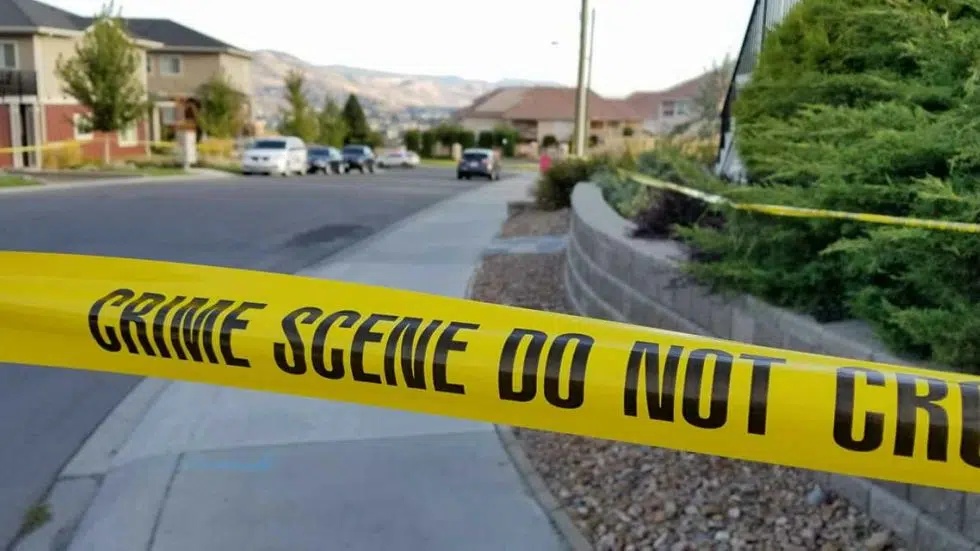
SERIOUS CRIMES: Tackling the biggest threats to the Kamloops community
KAMLOOPS — Last week, CFJC Today sat down with Kamloops RCMP Plainclothes Commander Staff Sgt. Simon Pillay to discuss issues around the community, and how plainclothes units deal with them.
Plainclothes units include the Serious Crimes Unit, the Targeted Enforcement Unit, and the General Investigation Support Team. Pillay has a long history with RCMP forces across the country, and has been here in Kamloops for the past three years. His role is to oversee all operations of these units, and move resources back and forth to deal with various files that come and go. This is the second of a three-part webseries focusing on organized and drug-related crime in Kamloops, and its impact on the community. Part One can be found here.
Who poses the biggest threat to the Kamloops community?
This is a question that the Kamloops RCMP’s Targeted Enforcement Unit asks on a daily basis. Drug investigators don’t prioritize their tasks by who’s moving the most product. Although it can play a part in their decision-making process, the top priority is what or who is threatening public safety.
Kamloops RCMP Staff Sgt. Simon Pillay is the plainclothes commander of the detachment, overseeing three different units.


